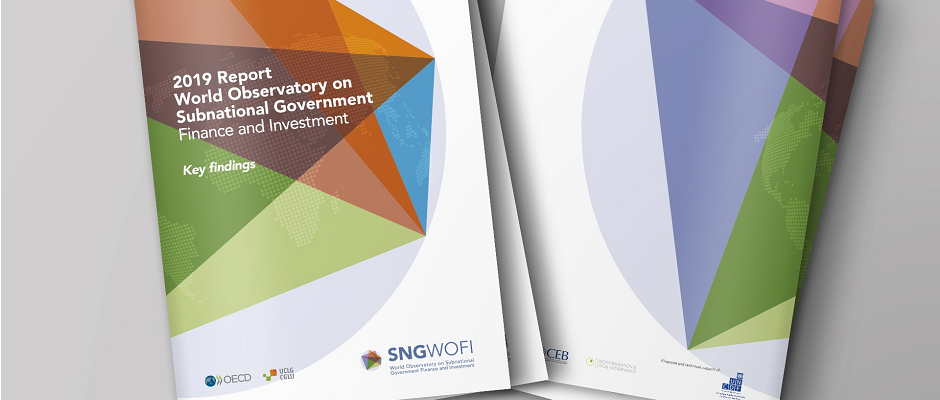
The management of public investments at the subnational level is an important part of public sector finance and subnational financial management for two reasons. First, the fiscal space that countries have available to allocate to public investments is limited, and therefore, these resources need to be managed efficiently. Second, it is important to understand the role played by subnational governments in providing the infrastructure and the services for which they are responsible.
A recent paper by the Inter-American Development Bank (IDB) highlights the importance of public investment at the subnational level and analyzes the way it is managed, identifying those aspects that ought to be modernized to improve efficiency.
To analyze systematically the factors that most affect public investment management at the subnational level, this study employs a modified version of the index of public investment management efficiency developed by Armendáriz and Contreras (2016), which incorporates aspects particularly relevant for subnational governments. The main questions that inform the study are: (i) How important is decentralized public investment?; (ii) What are the main factors that impact on the management efficiency of subnational investments?; (iii) How efficient is investment management in the provinces of Argentina and the states of Mexico?, and (iv) What actions can be taken to improve the efficiency and quality of investment management carried out by subnational governments?
Each of these questions is analyzed in depth, and some significant conclusions are reached, based on the case studies of Argentina and Mexico. They are the following:
- Public investment managed by subnational governments is inefficient throughout all stages of the project cycle but is particularly wanting in the stages of strategic planning, ex ante evaluation, impact evaluation, auditing, and asset management.
- On average, subnational governments have less public investment management capacity when compared with the national government, although, in a context of considerable heterogeneity, some achieve greater efficiency than that observed at the federal level.
- Additional factors that impact the management efficiency of subnational public investment are the lack of intergovernmental coordination and the difficulty of national governments to fulfill their role as governing bodies of public investment at all levels of government and to support capacity building at the decentralized level.
Read the complete report:
Eguino, H., Capello, M., Farfán Mares, G., Aguilar, J. C., & Menéndez, H. (2020). How Efficient Is the Management of Subnational Public Investment? The Situation in the Federal Countries of Latin America. https://doi.org/10.18235/0002779
Photo credit: Merida, Mexico. Used under Creative Commons license (CC BY 2.0).





